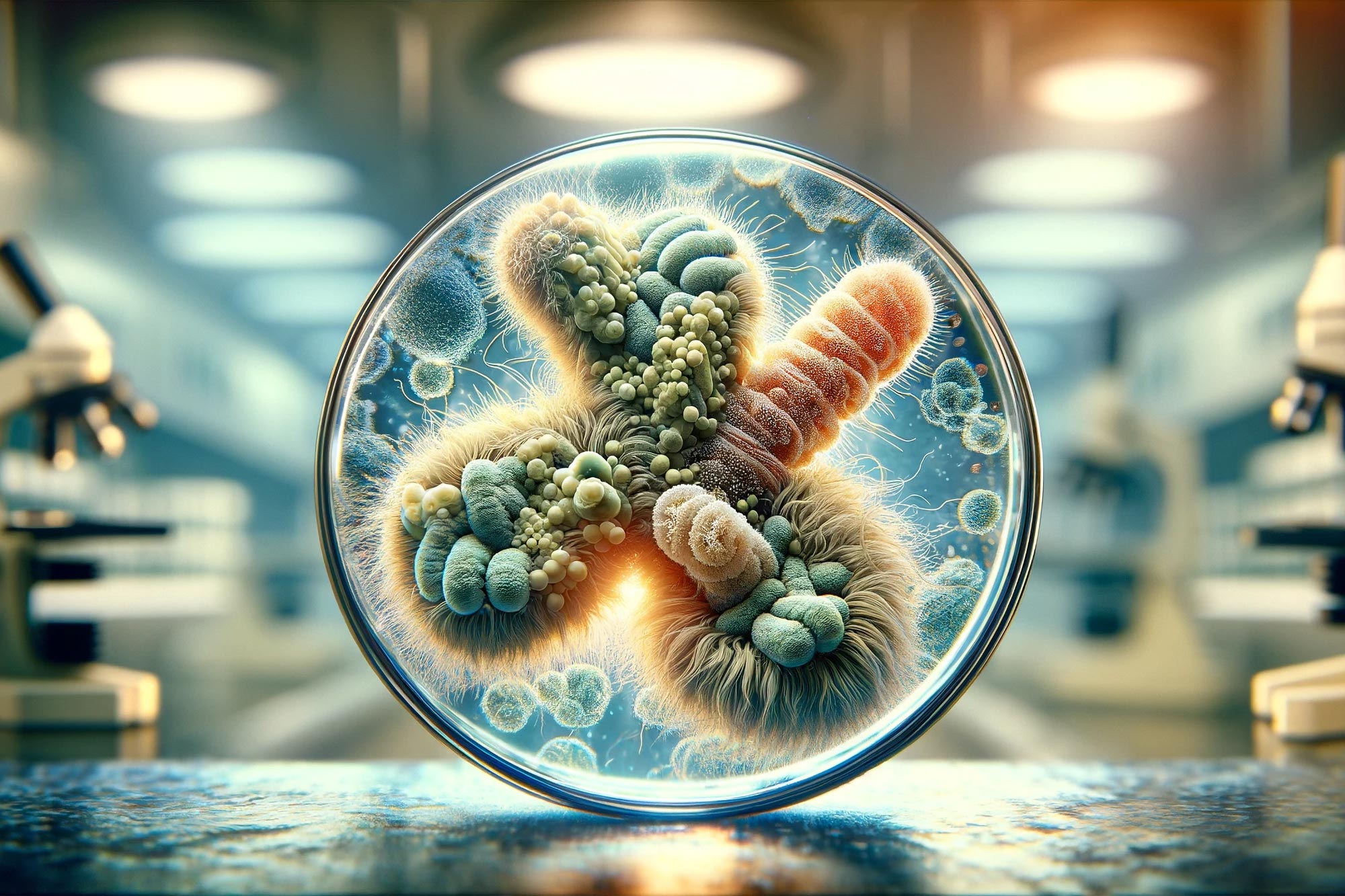Unlocking the Secrets of Microorganisms: A Paradigm Shift in Environmental Research
Astonishing revelations have emerged from recent studies on microorganisms, shedding light on their pivotal role in the sulfur cycle and their impact on climate processes. Moreover, scientists have made groundbreaking discoveries about the diversity and functionality of sulfate-reducing microorganisms, revolutionizing previously established scientific beliefs. This paradigm shift in understanding the microbial world has sparked intrigue and excitement in the scientific community.
Unveiling Hidden Microbial Diversity
A group of dedicated researchers has made a remarkable finding, uncovering an extraordinary wealth of environmentally relevant microorganisms in their natural habitats. This newfound diversity surpasses previous estimates by at least 4.5 times. The noteworthy findings have been published in the esteemed journals Nature Communications and FEMS Microbiology Reviews, showcasing the significance of these breakthroughs.
Microorganisms, particularly bacteria and archaea, have long been overlooked despite their profound influence on climate-related processes. For instance, sulfate-reducing microorganisms play a crucial role in converting a substantial amount of organic carbon in marine sediments into carbon dioxide and toxic hydrogen sulfide. However, sulfu-oxidizing microorganisms quickly utilize this harmful byproduct as an energy source, rendering it harmless. Notably, these processes also bear significance in other environments, such as lakes, bogs, and even within the human gut, contributing to the delicate balance of nature and health.
Professor Michael Pester, esteemed Head of the Department of Microorganisms at the prestigious Leibniz Institute DSMZ and Professor at the Institute of Microbiology at Technische Universität Braunschweig, highlights the importance of these mechanisms in maintaining equilibrium in various ecosystems.
Unprecedented Diversity of Sulfate-Reducing Microorganisms
An astonishing revelation has emerged about sulfate-reducing microorganisms, underscoring their extraordinary species diversity. Previously, scientists were aware of only six phyla within the bacteria and archaea domains. However, recent discoveries have expanded this count to an astonishing 27 phyla, showcasing the previously underestimated complexity of these microorganisms. To put this into perspective, the animal kingdom is currently known to consist of 40 phyla, with vertebrates belonging to just one phylum known as Chordata.
Intriguingly, one of these novel “sulfate reducers” has been identified as a member of the little-studied phylum of acidobacteriota. Scientists have managed to study this unique microorganism in a controlled environment using cutting-edge techniques in environmental microbiology. The research demonstrates that this bacterium obtains energy through both sulfate reduction and oxygen respiration, contradicting previous knowledge that these pathways were exclusive in all known microorganisms. Furthermore, the bacterium has showcased the capacity to break down complex plant carbohydrates, such as pectin, which was an unprecedented capability observed in sulfate-reducing microorganisms.
The Implications for the Sulfur Cycle and Climate Processes
The sulfur cycle stands as one of the oldest and most essential biogeochemical cycles on Earth. Its intricate connections with the carbon and nitrogen cycles highlight its immense significance. Sulfate-reducing and sulfur-oxidizing microorganisms primarily drive this cycle. On a global scale, sulfate reducers convert approximately one-third of the organic carbon that reaches the seafloor annually, while sulfur oxidizers consume around one-quarter of the oxygen in marine sediments.
When these delicate ecosystems become imbalanced, the activities of these microorganisms can result in oxygen depletion and the buildup of toxic hydrogen sulfide. This alarming consequence creates “dead zones” where flora and fauna can no longer thrive. The detrimental effects ripple through the economy, impacting key industries like fisheries, and lead to the destruction of vital local recreational areas. Consequently, understanding which microorganisms maintain the delicate balance of the sulfur cycle and how they accomplish this becomes paramount.
These groundbreaking findings challenge traditional knowledge and notions about the intricate processes occurring within microbial communities. Scientists from DSMZ and Technische Universität Braunschweig are delving further into the interplay between the carbon and sulfur cycles while examining their connection to climate-relevant processes.


